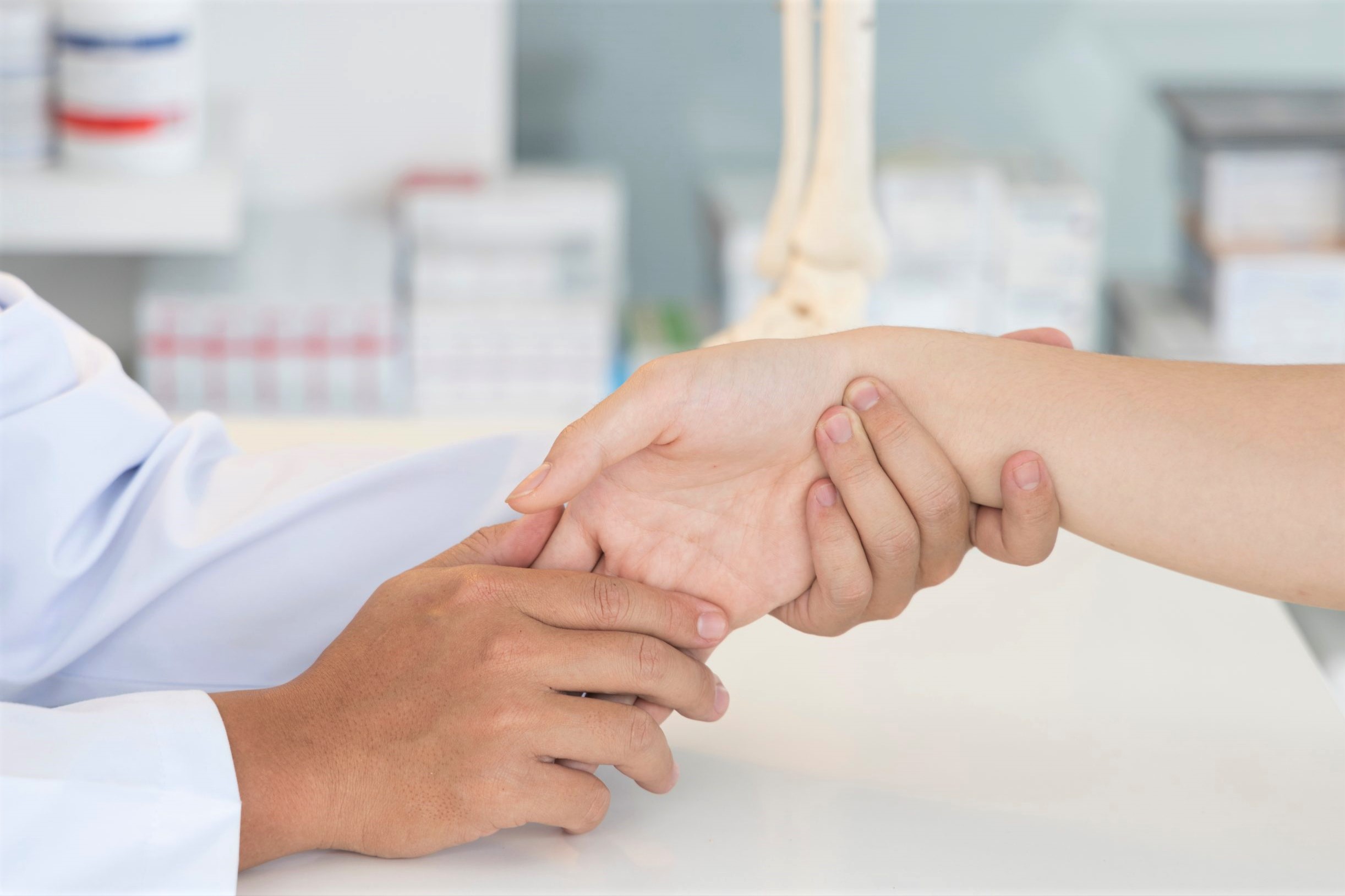
Tendonitis, the remedy is shock waves
Tendonitis: shock waves, which are minimally invasive and above all effective, can in many cases be a valid therapeutic strategy, which is arrived at after a thorough diagnosis
How to detect tendinopathies and tendonitis?
In the case of tendinopathies and inflammatory processes affecting tendons, the first level examinations are represented by ultrasound and radiography.
A well-executed ultrasound scan provides both a static and dynamic assessment, which in turn provides very valuable information on the function of the tendon and its integrity, and to discover any adhesions that may hinder its proper movement and sliding.
Furthermore, during the ultrasound scan it is also possible to highlight any ‘pathological’ vascularisation, which is directly related to the inflammation: this allows the data to be integrated for an even more accurate diagnosis.
In some cases of difficult classification or diagnostic doubt, it is also possible to investigate with magnetic resonance imaging.
How to treat tendonitis?
After diagnosis, treatment is planned.
When other non-invasive therapies have proved ineffective, shock waves represent the therapeutic tool of choice for tendon pathologies, always associated with therapeutic physical exercise (physiokinesitherapy).
This association is very important, as tendons respond very well and positively to correct mechanical stress, as well as to biophysical stimulation.
What are shock waves?
Shock waves are stimulations of a mechanical nature, which are non-invasive and therefore safe, and relatively well tolerated (if performed correctly, with suitable equipment).
With such stimulation it is possible to obtain, in the first instance, an anti-inflammatory and pain-relieving effect, but also, as the weeks and months go by, to contribute to the ‘well-being’ of the tendon as a whole.
At the current state of knowledge, in fact, we can say that shock waves cannot repair damaged tendons, but they can certainly help to improve their structure, at least in part.
This type of mechanical stimulation does not damage living tissue, but activates growth factors and other local substances that stimulate specialised cells and reserve stem cells, which make the tendon a vital structure, like other structures of the musculoskeletal system and other organs of the body.
Read Also:
Finger Twitching: Why It Happens And Remedies For Tenosynovitis
Shoulder Tendonitis: Symptoms And Diagnosis


